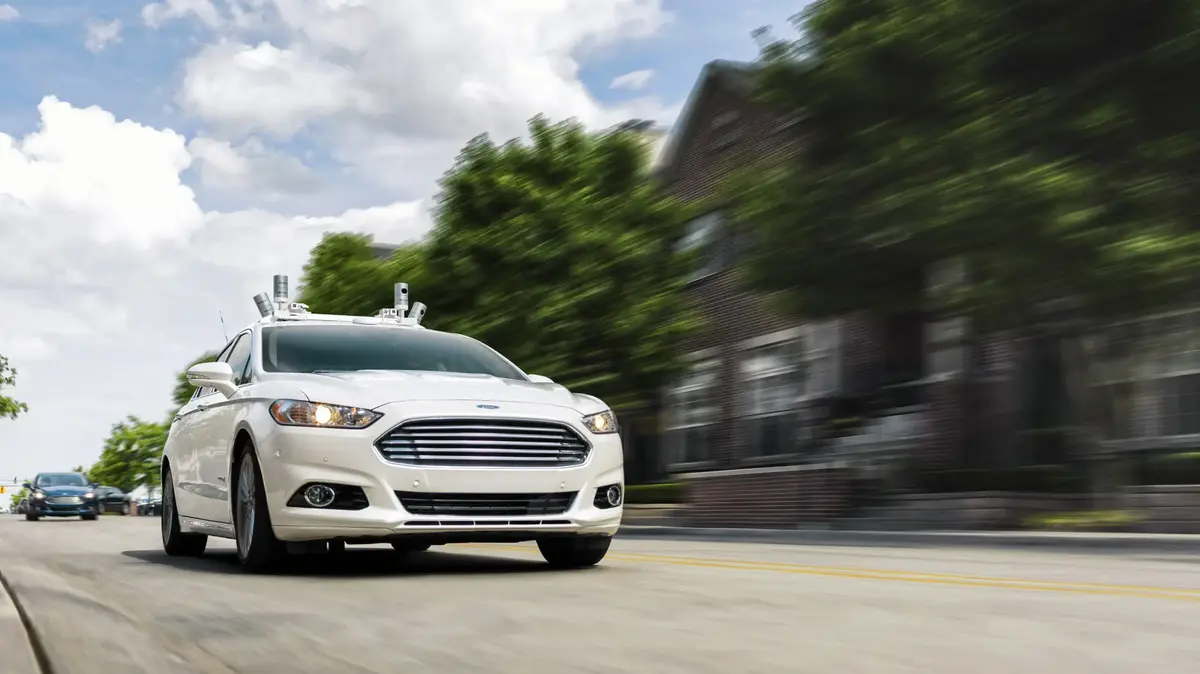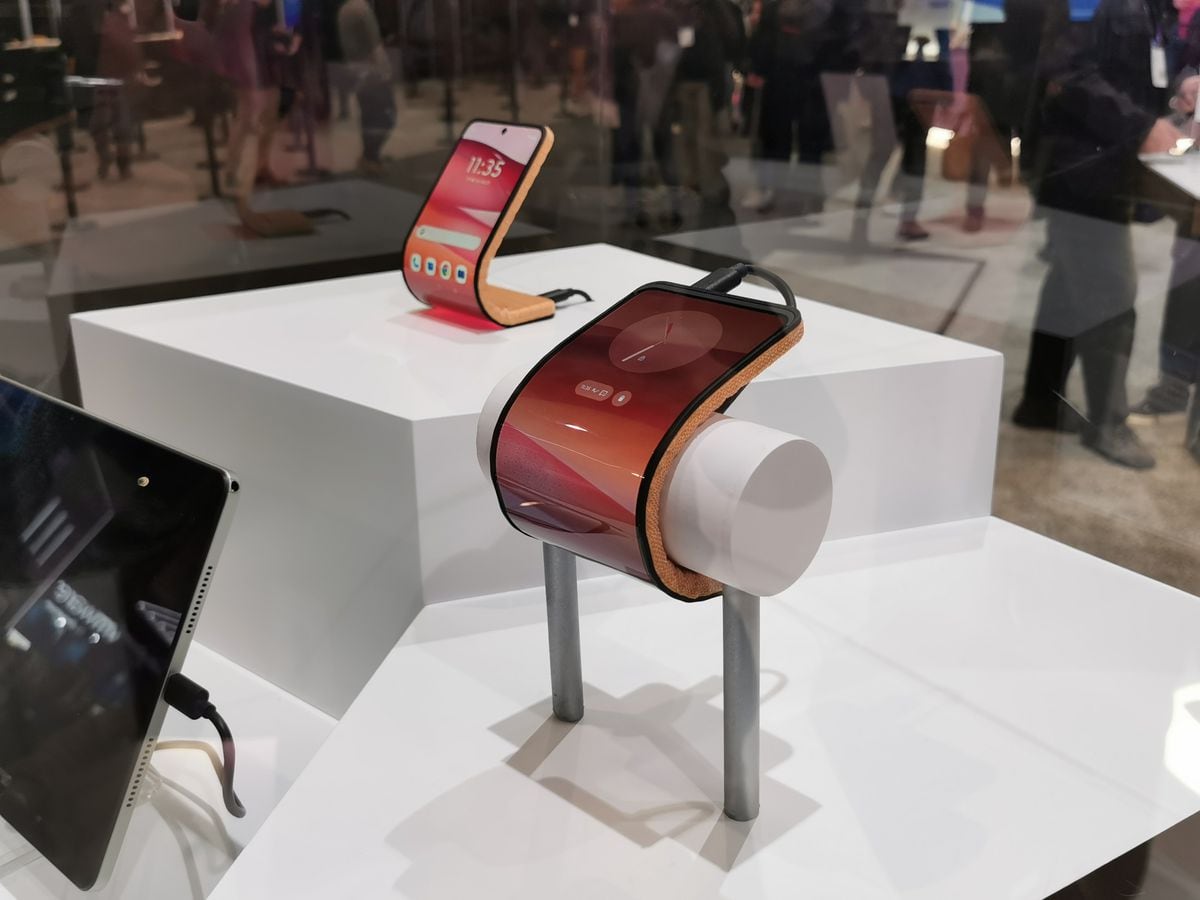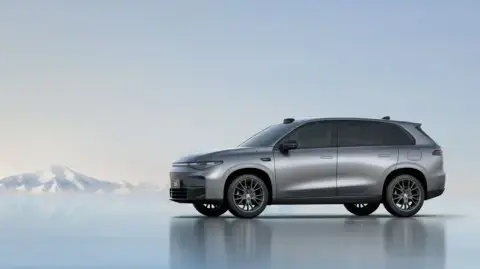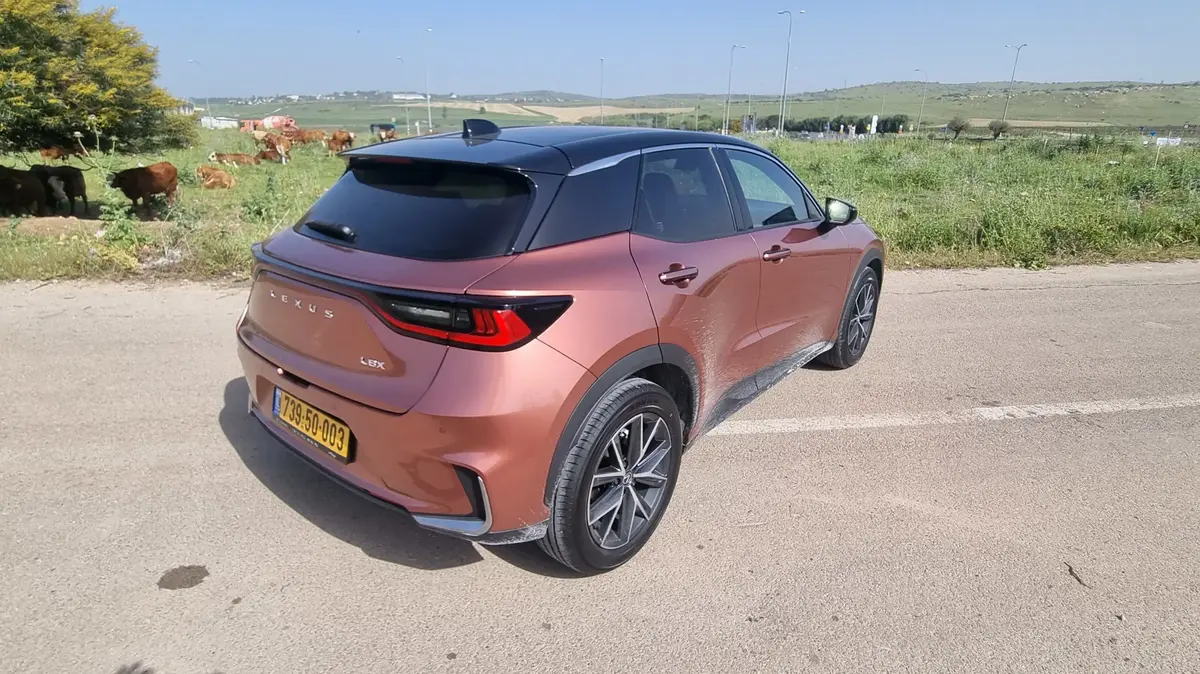vehicle
All articles
The company that teaches the autonomous car "see"
SAIPS, acquired by Ford about four years ago, takes on the autonomous car challenge and breaks it down into its initial components, providing a glimpse into the process for the first time.
Tags
Ford
Autonomous car
Autonomous vehicle
Hi-Tech
Keenan Cohen
Thursday, January 28, 2021, 1:45 p.m.
Share on Facebook
Share on WhatsApp
Share on general
Share on general
Share on Twitter
Share on Email
0 comments
Ford Fusion with sensing systems in autonomous experiments (Photo: Manufacturer's website, Ford)
The concept of "autonomous car" is one of the combinations that produce the most buzz not only in the automotive industry, but also in the wider circles of the technology worlds and also among the general public.
In the latter battle some call it a "dream" and others a "nightmare," but this is a discussion for a completely different time.
The idea at its core, of a self-driving car, although it has been grabbing more and more headlines in recent years is not new.
Mercedes began operating its internal division in the early 1970s which dealt with the implementation of advanced safety systems (for the time being) and a decade later expanded its operations.
Just to understand how initial this phase was, she conducted the practical experiments in the late 1970s in a 200D commercial van due to the computing power needed to operate these systems at the time.
In 1987 a joint venture between European carmakers (Peugeot-Citroen, Daimler-Benz, Jaguar, Volvo, BMW and others) called the Prometheus Project was launched to explore the possibilities of implementing autonomous vehicle technologies and an environmental system to support it. .
The project was active until 1995 and "burned" about 750 million euros - the results of which we see around us on a daily basis.
Because even if we failed to put up an autonomous car or even something close to it, the initial products and goals he set for them are today an integral part of the automotive industry.
Improvement in the car's "vision" systems, stability controls, lane departure control, driver status monitoring, collision warning, adaptive cruise control, automatic distress call systems, traffic management and more.
More on Walla!
NEWS
Yandex and Hyundai in autonomous collaboration
To the full article
Mercedes' test vehicle as part of the first studies of autonomous cars in the 1980s (Photo: Manufacturer's website, Mercedes)
But for the most significant turning point in the field, the industry had to wait for the huge leap of the world of artificial intelligence and machine learning.
The key was the use of an artificial neural network, which, if we simplify the idea into its basic components, allows a computer to "teach" to recognize and classify objects by entering images and by multiple interconnected internal units, similar to the neural network in a biological body. Its characteristics and preserve the "conclusions" for future analysis that will be faster.
This type of technology has a variety of applications, from security areas that allow you to detect unusual movements in a particular space, face recognition, translation of signs into different languages in real time, image-based search engines and even how a site like Amazon will offer you a product similar to the one you photographed in the store.
In the automotive industry, these uses have tremendous significance in terms of the ability of cars to detect and analyze situations - is the block of metal in front of us a commercial crossing or a garbage frog on the side of the street?
The cabin of the test vehicle, a technological leap in the means of sensing (Photo: Manufacturer's website, Mercedes)
Giant-dwarf
This is exactly the niche entered by SAIPS, which was founded about 8 years ago by Udi Danino, Noga Zilber and Rotem Littman and focused on the field of computer vision - image analysis and drawing conclusions.
The company was acquired four years ago by the automotive giant Ford, but remains independent and in fact currently operates the manufacturer's research center in Israel.
The company employs about 40 people in addition to 10 employees at the Ford Research Center.
Unsurprisingly, the vast majority come from units like 8200, 81, Talpiot, and have a master's degree in computer science.
The selective choice of employees is also reflected in the company's "recruitment funnel" in which out of 3,840 candidates, only 11 are accepted, Danino says.
So what is the giant Ford looking for in a small Israeli company and what made the then CEO Jim Hacket say that "acquiring the company is the smartest move the company has made"? The answer probably lies in the number of employees mentioned earlier, the idea is to keep the company small, allowing it flexibility And agility and ability to produce solutions quickly and punctually that large, cumbersome and hierarchical organizations find difficult to reach.It is a business structure where the financial backing of a huge manufacturer is connected to the creativity of company people, it is not only at the level of product-oriented research, .
Tel Aviv Development Center (Photo: Manufacturer's website, Ford)
When Audi breaks down the challenges on the way to the autonomous car, he prefers to stick to the technological ones, understandable when one remembers the company’s product-oriented concept.
He listed four such: Mapping - understanding the immediate environment of the car in terms of roads, road markings and lanes.
Sensing and perception - understanding the reality of vehicles, pedestrians, two-wheelers and more in the car environment.
Predicting the behavior of the other factors.
And the last and no less complex section is the one that combines the location of the vehicle and the response to environmental situations - the point at which the industry is still required for the technological breakthrough.
SAIPS is already active in most of these areas, developing algorithms for video and image processing, machine learning, signal processing and data classification.
With mapping teams operating advanced technologies using cameras and scans that produce amazing mapping capabilities as demonstrated on the visit.
Their ability to take video input from a huge amount of vehicles and process them to create a visual simulation of a street, but no less important - logical - one that analyzes the meaning of objects in relation to the vehicle (meaning a power pole or traffic light for example, or a bush versus a concrete fence).
This means the ability to build "work environments" tailored to autonomous cars in very short periods of weeks in large cities compared to similar mapping in old methods, for example they bring a city as large as Miami whose mapping in the way they perform saves 200 months of work.
Bill Ford, Chairman of the Automaker at the Inauguration of the Development Center (Photo: Manufacturer's Website, Ford)
Another team deals with identifying traffic characteristics and responding to them, both through planning and through a tremendous amount of simulations that they run on a driving simulator that is in the company offices.
After experiencing it, in which I was asked to "challenge" the autonomous car as a disturbed driver, it can be said that she recognized cases of failure to maintain a frequent lane and zigzagging and knew how to avoid dangerous proximity, but there were also times when the decisions did not make .
Autonomy Ltd.
There are currently "on the table" three projects in the field of autonomous vehicles.
The most immediate of them and the one with the highest chances of realization is the creation of an autonomous car at level 3. This means a car that in certain conditions, in certain areas is able to drive itself, but the driver himself is required to "take command" when needed (similar to Tesla Autopilot banned in Israel ).
Another project is the creation of a car at autonomy level 4 which in general can be defined as one similar to that of level 3 which requires the presence of a driver, but does not necessarily require his involvement in driving.
A third project involving SAIPS is the smart node, this is about urban networking of entire complexes on smart pages that monitor their environment and transmit to the vehicles around them.
Although this is a very high one-time investment, which also requires municipal regulation, the unification of communication protocols and the retirement of 5th generation cellular networks, on the other hand, it will allow vehicles that are "thinner" in terms of computing and therefore cheaper.
Mapping and building driving environments that will allow the movement of an autonomous car Level 3 (Photo: Manufacturer's website, Ford)
Of the three projects, however, that of a level 3 autonomous car is, as mentioned, the most likely aspiration.
But it also encompasses quite a few challenges, technological, economic, legal and in the field of human behavior.
In the most significant technological aspect now, the manufacturers realized that the early predictions of an autonomous car at this level as early as 2021 were premature not to mention hasty and irresponsible.
"Today everyone is recalibrating the clocks for 2023-2024," says Udi Danino. "The world has realized that the technological problem is in the area of car decision-making."
This problem has a simple meaning - if there were autonomous cars driving on the roads today, such a vehicle is likely to make between a few hundred and thousands of accidents over its lifetime, "but given the advances this gap is likely to close and disappear within a few years" Danino estimates.
But there is another point, which has to do with the amount of autonomous vehicles that have to move on the roads in order to produce this critical mass of transition to such transport.
Danino explains that in this aspect, too, Danino will have stages. "Everyone is aiming for an autonomous vehicle to be driven in a world of cars driven by humans in the first stage. It is clear that the level of safety achieved will be lower than a fully autonomous world." Appreciate.
Inside Ford's Israeli test car (Photo: Keenan Cohen)
The additional barrier or step between cars as we know them today, to those at level 3 and later at level 4 (very similar to level 3 but without the need for driver availability to respond in certain situations) is the financial one.
Today, the additional cost of car equipment in level 3 autonomous systems is several thousand dollars, which puts manufacturers in a dilemma as to which vehicles should be equipped with them.
Since such an addition to the price of a basic or even family mini car will "eliminate" it, while in luxury cars it is tolerable, will it be possible to oblige manufacturers to implement these systems?
unlikely.
By the way, the cost of level 4 systems already stands at tens of thousands of dollars and of course is not relevant in the foreseeable future.
Next in line are the legal and moral issues regarding the degree of liability of the driver, car and software in the event of an accident and there are also the problems in allowing the driver not to be involved in driving and the risk of a driver who despite being charged with supervision, even if not in full control.
Today, however, technological gaps and costs make the latter two much less relevant.
Cameras and ladders are installed on the test car (Photo: Keinan Cohen)
The most advanced is the most lucrative
Compulsory insurance starting at NIS 54 per month
By the insurance company WE SURE
Purchase >>
Look for the Ford
Today, the company operates two cars in Israel that are used as "mobile labs," the first being used for experiments in monitoring the interior of the vehicle space.
A very significant area in the possibilities it develops for designing systems that detect driver fatigue or lack of concentration, or adjusting the operation of airbags to the body structure, weight and position of the person in the car and even recognizing the driver's face and the possibilities it develops in adapting car systems to it. Or sending alerts about improper driving in the case of a young driver.
The second car to hit the roads in the coming weeks is a level 4 autonomous car, one that drives without any driver involvement.
The Ford Fusion (the American equivalent of the Mondeo) equipped with ladders and cameras has already received the special approvals from Ford and also from the Ministry of Transportation and the special driver training that authorizes them to operate them.
These are American cars, which were imported with the help of the importer Delek Motors and thanks to the possibility of putting cars on the road in American standard.
At this point, and as long as the desired technological breakthrough is not expected, this car and a number of other units of other technology companies touring Israel are the first swallows, will the current round end differently from the same Prometheus project and store the autonomous vision for decades to come?
No one is in a hurry to prophesy anymore.
Share on Facebook
Share on WhatsApp
Share on general
Share on general
Share on Twitter
Share on Email
0 comments









